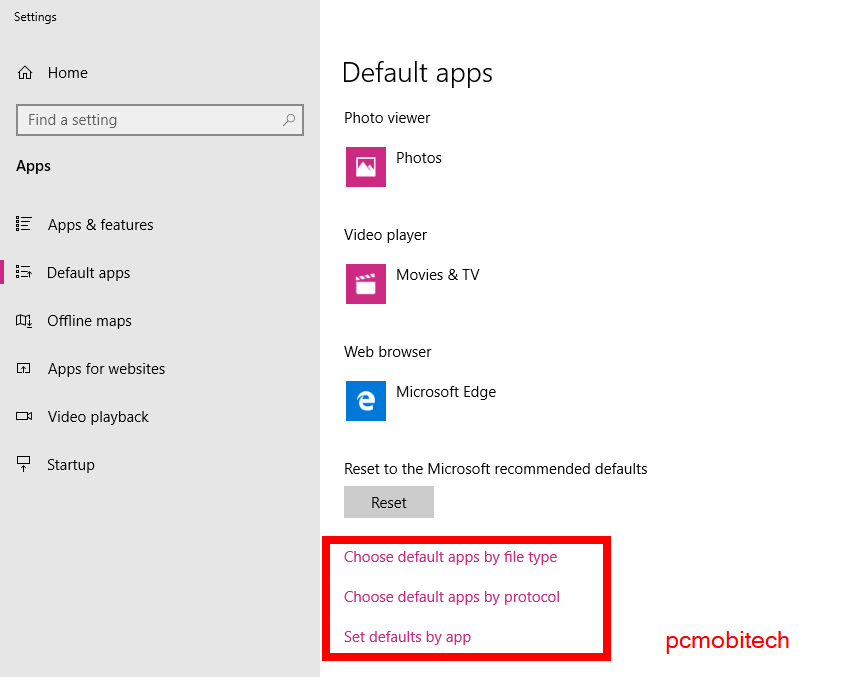

Select the restore point that you want to use on your computer.Ĭlick the Scan for affected programs button to understand the apps that will no longer be available because they're added after the creation of the restore point.How to use a System Restore when your machine is no longer work as expected: Image & Initial User Configurations Completed. Type a descriptive name for the restore point.Search for Create a restore point and click the top result to open the System Properties page. Under the "Protection Settings" section, click the Create button. To enable System Restore on Windows 10, use these steps: Open Start. Search for Create a restore point, and click the top result to open the System Properties experience.Quick tip: Windows 10 can manage the space automatically, but under the "Disk Space Usage" section, you can also use the slider to specify the maximum amount of storage to reserve for System Restore.Select the Turn on system protection option.Under the "Protection Settings" section, select the main "System" drive, and click the Configure button.That will list all accessible System Restore. Search for Create a restore point, and click the top result to open the System Properties experience. Type rstrui in the Run box and click Next In the System Restore Window.

System Restore isn't enabled by default, but you can configure the feature with these steps: System Restore works by detecting system changes, such as in system files and settings, Registry, applications, and drivers, and saving a working state as a 'restore point.' If as a result. Use these instructions to setup a System Restore Point on a Windows 10 computer. Of course, you performed a full backup first, but Windows 10 also includes System Restore so you can easily revert system changes without losing your files.


 0 kommentar(er)
0 kommentar(er)
